ClevGuard Support: Monitor Devices with Others' Permission.
Are you concerned about your child’s late-night internet usage, which affects their sleep and academic performance? Smartphones, tablets, and laptops provide 24/7 internet access, due to which children endlessly scroll social media, play games, or watch videos even during the night. The blue light coming from screens can disrupt your child’s sleep patterns, and having unlimited internet access can expose your child to mature or violent content when you are not around. This makes it important for you, as a parent, to implement internet parental controls.
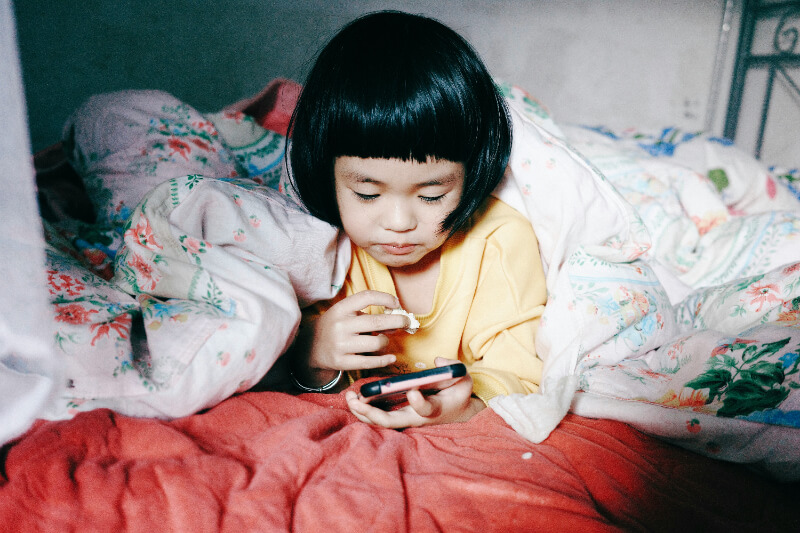
In this comprehensive guide, you will explore ways to cut your child’s internet at night, internet parental controls for iPhone and Android devices, and the purpose of parental control for internet use.
Table of Contents
Part 1. How to Cut Kids' Internet at Night
You can cut kids’ internet access at night by using third-party parental control apps like KidsGuard Pro, turning off the Wi-Fi router, or using built-in features on your child’s devices. It is important to manage your child’s internet access at night for healthy sleep and to avoid exposure to inappropriate content during unsupervised hours.
Check these effective methods to restrict internet access to your child at night.
1 Use Parental Control Apps like KidsGuard Pro
KidsGuard Pro offers comprehensive monitoring and parental control features. You can cut the internet on your child’s device with its Wi-Fi Logger function. You can also access their contacts list, photos, browser history, location history, social media chats and calls, and more.
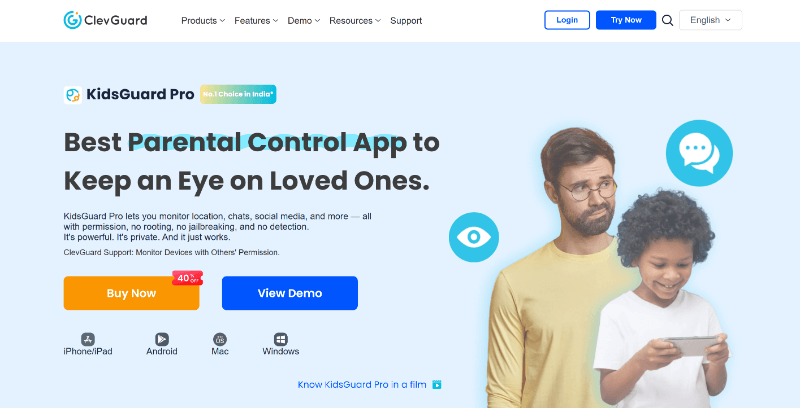
Follow these steps to cut your child’s internet access with KidsGuard Pro:
Step 1. Create a KidsGuard Pro account on your device.
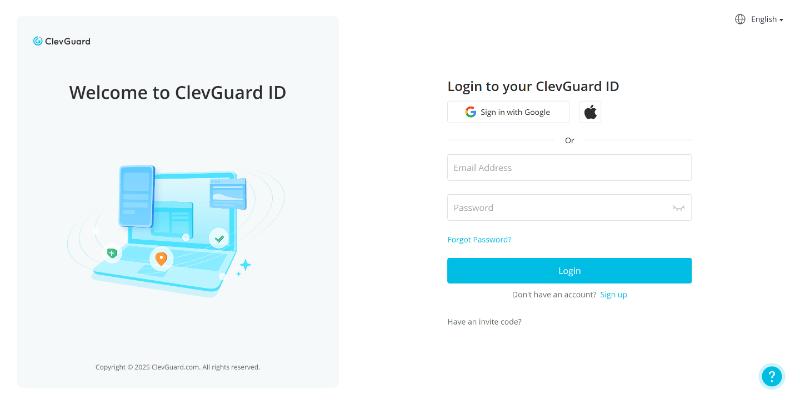
Step 2. Install the KidsGuard Pro Assistant app on your child’s device and accept the permissions to start monitoring their device from your dashboard.
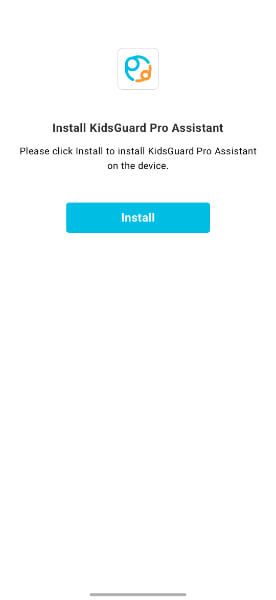
Step 3. On your KidsGuard Pro dashboard, click on Phone Data on the left and find the Wi-Fi Logger option. You will see the details of Wi-Fi usage on your child’s device.
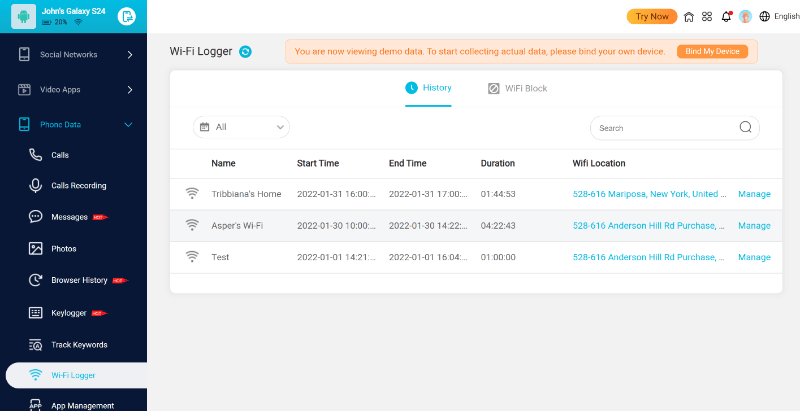
Step 4. Select the Wi-Fi Block tab and toggle on the button next to the Wi-Fi name to block its access on your child’s device.
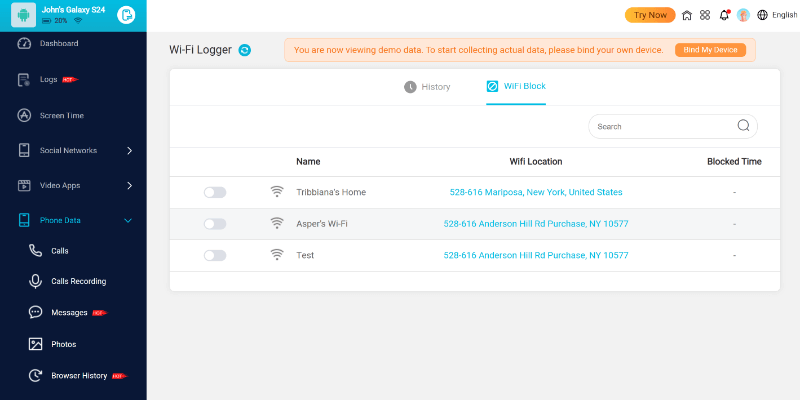
Not every router has this function, so before you set up like this please make sure that your router has this feature.
2Set a Timer for Router
You can also set a timer for your router to help restrict how your kid uses the internet and for how much time. Here are the following steps you can take to do so:
Step 1. Connect to your Wi-Fi, go to a web browser, and type your Wi-Fi’s IP address (available on your router’s label or manual). Alternatively, you can go to the settings of the Wi-Fi you’re connected to and click on Manage router.
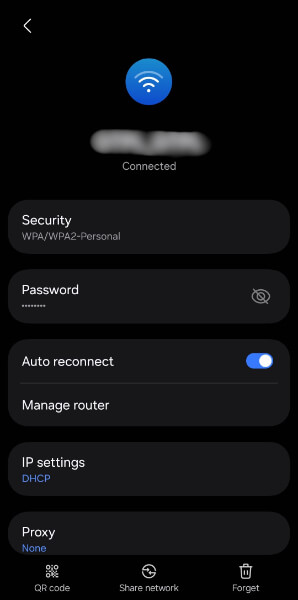
Step 2. Enter your username/password (which is often admin) to sign in to your router's admin interface.
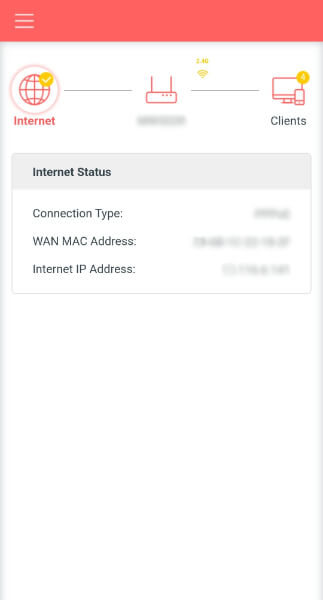
Step 3. Go to the Menu option on the top left, select Advanced, and then choose Parental Controls.
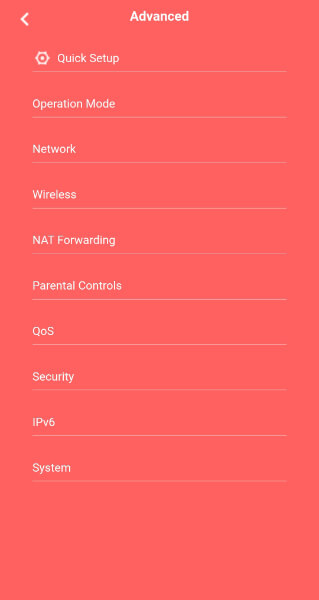
Step 4. On the Parental Controls window, click on the Add option to create a profile.
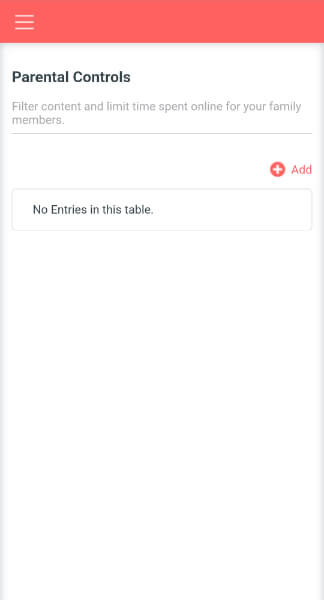
Step 5. Enter the profile name and click on the + button. This will give you a list of all the devices that are connected to that Wi-Fi. Select your child’s device from this list and click on Next on the top right.

Step 6. In the Blocked Content window, you can block websites that contain a specific keyword. Input any keyword if you wish to block a website, and click on Next.

Step 7. In the Time Controls window, you can set daily time limits for the total time spent online and bedtime to block the internet between a certain time period. Once you’ve set the Bed Time, click on Save. This will block the internet on your child’s device for the selected duration.
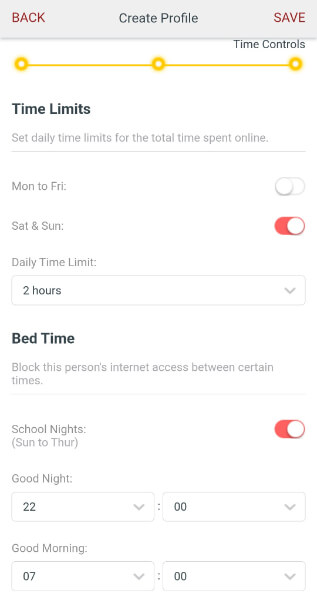
3Use Built-in Features on Your Child’s Device
Both Android and iOS devices offer built-in parental control features that you must set up to monitor your child’s device. Android has the Google Family Link app, and iOS uses Apple’s Screen Time, which allows you to manage screen time, restrict apps and content, and locate your child’s device.
How to Set Up Parental Control on Android
To set up parental control on your kid’s Android device, you can take a look at the following step-by-step method:
Step 1. On your child’s device, go to Settings > Digital Wellbeing & parental controls. Scroll down and click on the Set up parental controls link at the bottom.
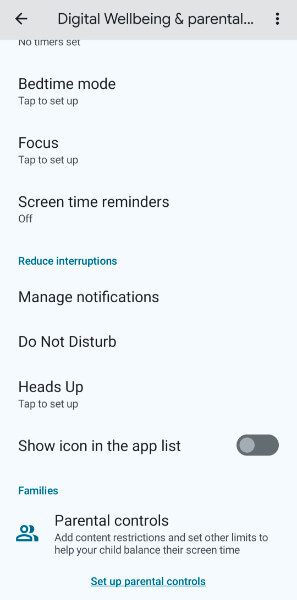
Step 2. Select your child’s account that you want to supervise and click on the Supervise account button below. Note that you need to sign out of other accounts on your child’s device and keep only the one you want to supervise, due to technical limitations.
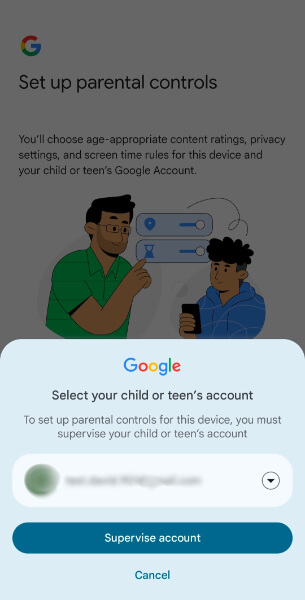
Step 3. Then, sign in with your Google account by entering your email and password. This will take you to the How parental controls work window.
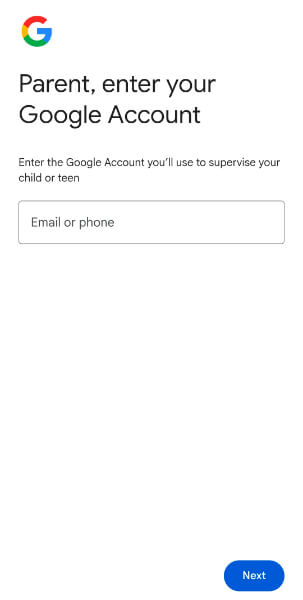
Step 4. Read how parental controls work with your child, scroll down, and enter the password of your child’s device in the Password box. Click on Next.
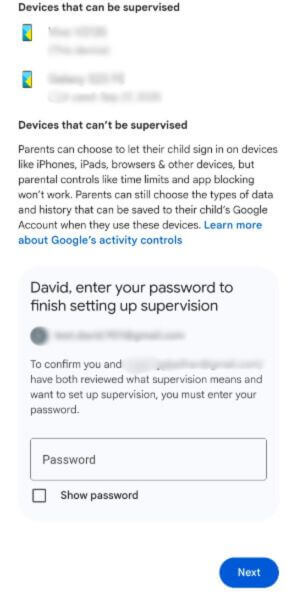
Step 5. Click Next again and install the Family Link Parental Controls app by clicking the Allow button. Your child’s device will now be ready to get supervised.
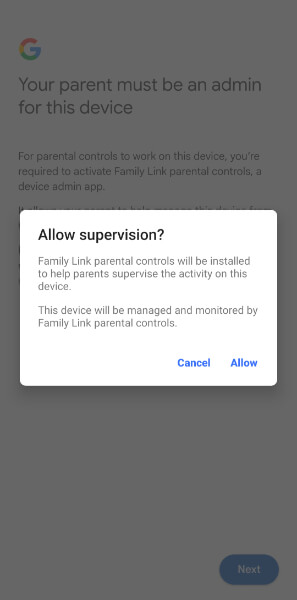
Step 6. Now, download the Google Family Link app on your device and sign in with your parent account. You will be able to see your child’s online activities on the dashboard.
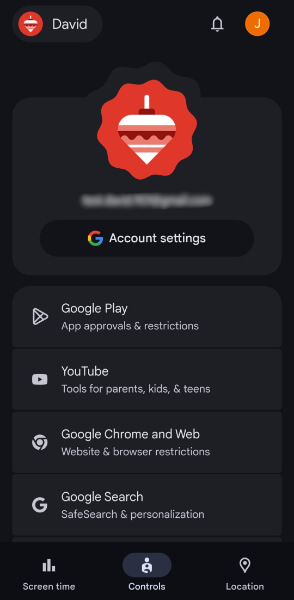
Step 7. Go to the Screen time tab on the bottom left and click on Schedules.
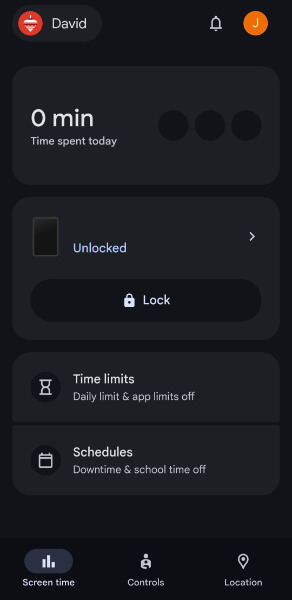
Step 8. Toggle on the Downtime button and set the downtime schedule for one day or the entire week by selecting the Start time and End time.
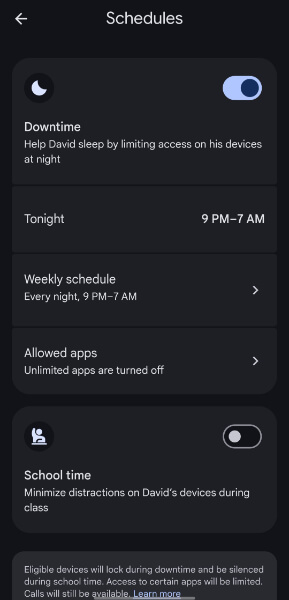
Once the downtime begins, your child’s device will be locked, and they won’t be able to use it, other than the apps you’ve allowed them to use during downtime.
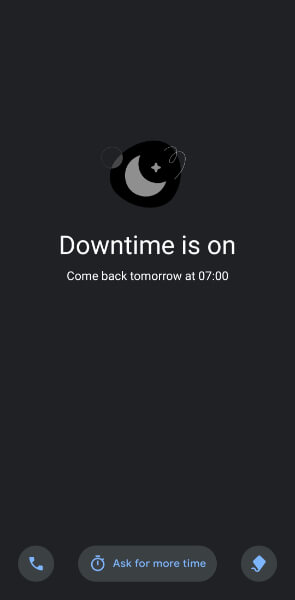
How to Set Up Parental Control on iPhone
If your kid has an iPhone, you can limit their internet usage and ensure safe browsing by implementing the following step-by-step method to set up parental control on the device:
Step 1. Go to your iPhone Settings and click on Family. In the Family window, click on the + icon on the top right.
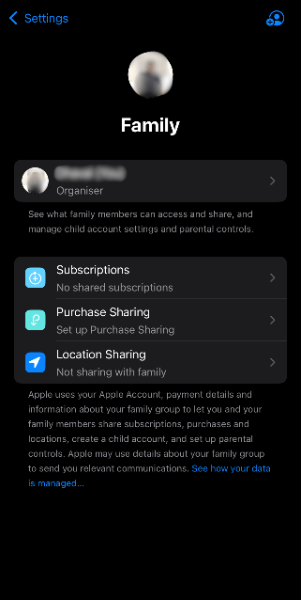
Step 2. Tap on Create Child Account, enter your child’s name and birthdate, and click on Verify You Are an Adult.
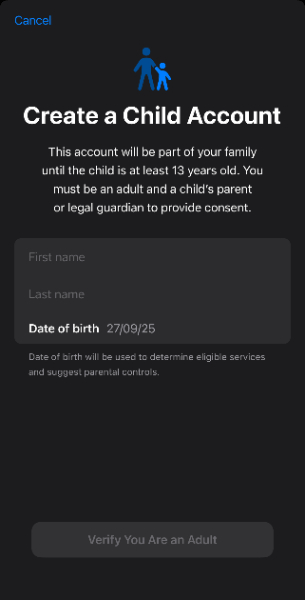
Step 3. In the Parental Consent window, enter the password of your Apple account that you will use to supervise your child’s device, and click on Next at the top right.
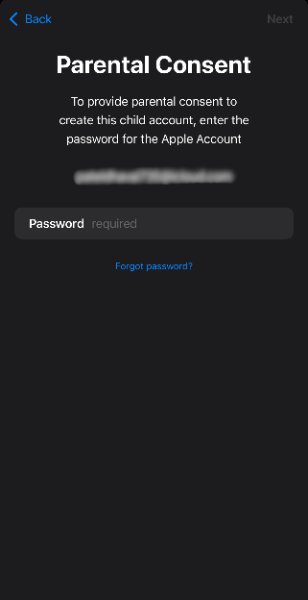
Step 4. Accept the terms and conditions, and enter an email address and password to create your child’s Apple account.
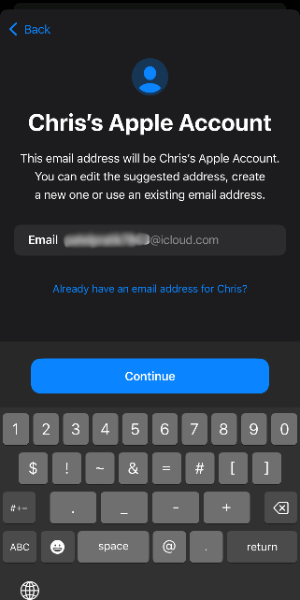
Step 5. Click on Continue in the Set Up Parental Controls window.
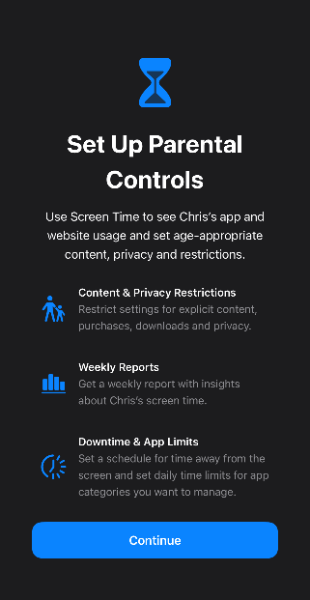
Step 6. Keep clicking on Continue until you come across the screen time window. Click on Turn on Web & Website Activity.
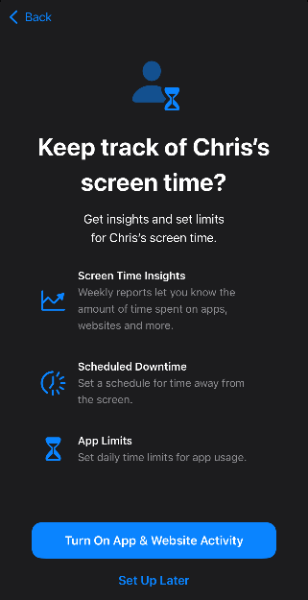
Step 7. Set a downtime schedule by selecting the start and end time, and click on Turn on Downtime.
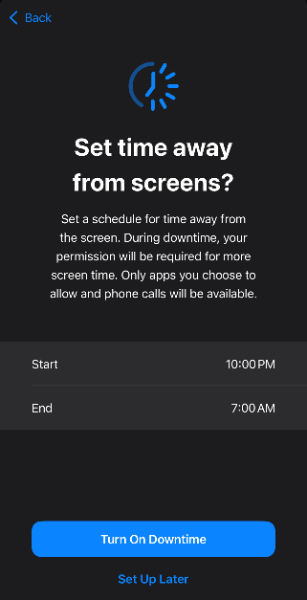
This will set up your child’s Apple account, and their device will be locked during the downtime schedule you’ve created.
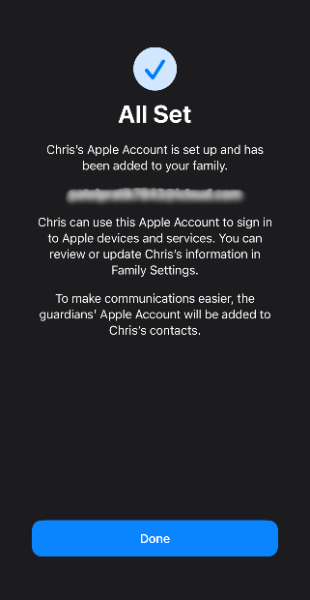
Part 2. Why Parental Control for Internet Use is Important
Parental control for internet use is important because it protects your children from inappropriate content, cyberbullying, hackers, and even helps manage excess screen time. You can even keep track of their online activity and teach them about healthy digital habits.
Check out these key reasons for parental controls over your child’s internet usage:
Prevent Exposure to Harmful Content:
Your child can easily access adult or violent content on apps like Instagram, YouTube, or TikTok. Parental control allows you to filter out and block websites with mature or harmful content, and ensures that your child consumes age-appropriate content.
Protection From Predators and Cyber Threats:
Your child is vulnerable to cybercrimes like phishing scams and can even make purchases in games or apps, which can lead to identity theft. Other than that, there are online predators who target children via social media or gaming platforms and ask them for sensitive or private information. With parental control, you can manage app permissions to restrict access to credit card information and monitor your child’s chats and calls on social media apps.
Managing Screen Time:
If your child spends excessive amounts of time on screens, it is likely to affect their physical and mental health. Parental control allows you to set screen time limits on your child’s device, which reduces issues like poor posture and eyesight. Plus, you can encourage your child to engage in offline activities like sports, art, etc.
Promote Healthy Digital Habits:
You can discuss the purpose of using parental controls with your child and educate them about using the internet safely, online etiquette, and the importance of critical thinking when encountering dangerous information, fake news, or malware.
Using the Internet for Educational Purposes:
Since parental control allows you to restrict your child’s access to certain websites and set screen time limits, they can explore educational resources and use the internet as a learning tool instead of a harmful source.
FAQs about Internet Parental Control
Can I block specific websites for my child?
Yes, you can block specific websites for your child. You can use either the built-in internet parental controls in Android or iOS devices, or use third-party parental control apps like KidsGuard Pro that not only let you block specific websites but also allow you to track your child’s location, access messages and calls on social media, and more.
Do Android and iPhone have built-in parental controls?
Yes, Android and iPhone have built-in parental controls. Android uses Google Family Link, while iPhone uses Apple’s Screen Time. These built-in options allow you to restrict apps and content, schedule downtime, and locate your child’s device.
What’s the best parental control for Samsung?
The best app for internet parental controls for Samsung is KidsGuard Pro. With KidsGuards Pro, you can monitor the phone files in your child’s device, including call logs, gallery, browser history, etc., track their location, monitor social media apps, along with chat and call history, and more.
Conclusion
Managing your child’s internet access should not be a hassle. You must implement internet parental controls to create a healthier digital environment and promote better sleep habits and family time. While Android and iOS devices offer built-in parental control features, setting them up might feel complicated. You can use a third-party app like KidsGuard Pro, which is a comprehensive solution to monitor your child’s device. You can track their online activities on apps like YouTube and TikTok, watch who they chat and call with on social media platforms, access their browsing history, track their location, and more. Try out KidsGuard Pro today and ensure your kid’s digital safety!



